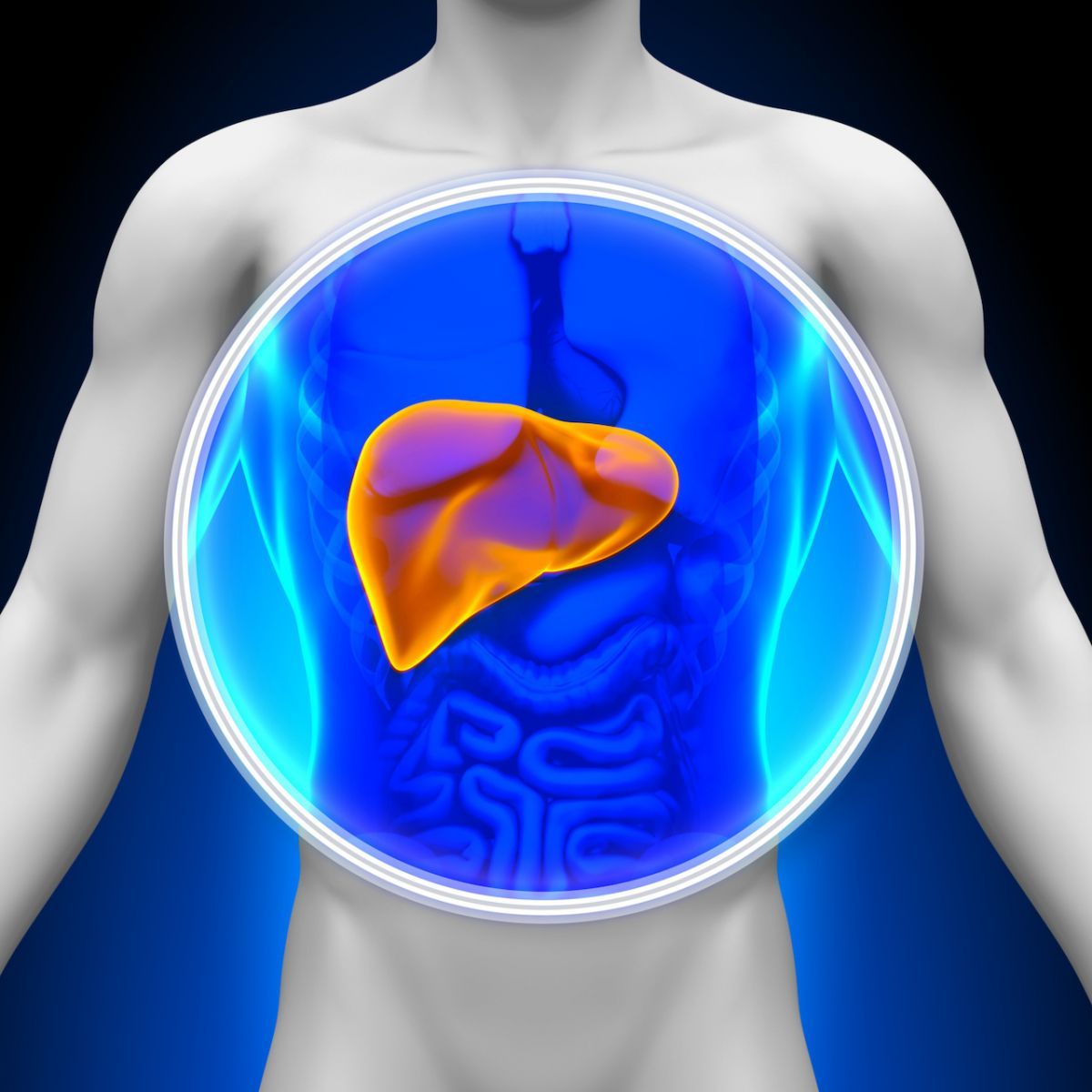Weight Loss Programs for Patients with NAFLD
Investigators found that weight loss interventions were significantly associated with improvements in biomarkers, including alanine aminotransferase.

A recent study has found evidence supporting the use of weight loss interventions in the treatment of obese patients with nonalcoholic fatty liver disease (NAFLD).
Analyses of more than 20 clinical trials found that weight loss interventions were significantly associated with improvements in biomarkers including alanine aminotransferase.
In order to systematically review and quantify the implications of biomarker improvements caused by weight loss in patients with NAFLD and obesity, investigators random clinical trials (RCT) on adults with an NAFLD diagnosis. There was multiple inclusion criteria established by investigators including the need to report at least 1 biomarker of liver disease, the Enhanced Liver Fibrosis score, the NAFLD fibrosis score, the Fatty Liver Index, liver stiffness.
A total of 2588 participants were identified from 22 RCTs. Those 22 trials evaluated 26 different interventions and included 20 full-text articles and 2 conference abstracts. Investigators noted that 6 trials were conducted in middle-income countries and the remaining were conducted in high-income countries.
Among participants included in the analyses, 66% of the population was male, the mean age was 45, mean BMI was 33.7, and approximately 7% had type 2 diabetes — 4 studies did not report on diabetes status and 3 did not report on sex. The primary outcomes of the study were changes in blood, radiologic and histologic biomarkers of liver disease.
Upon analyses, investigators found that more-intensive weight loss interventions were statistically significantly associated with greater weight change( —3.61 kg; 95% CI, –5.11 to –2.12; I2= 95%) when compared with no or lower-intensity interventions. Weight loss interventions were also statistically significantly associated with improvements in biomarkers, including alanine aminotransferase (–9.81 U/L; 95% CI, –13.12 to –6.50; I2=97%), histologic NAFLD activity score (–0.92; 95% CI, –1.75 to –0.09; I2=95%), presence of nonalcoholic steatohepatitis (OR, 0.14; 95% CI, 0.04-0.49; I2=0%), and histologically or radiologically measured liver steatosis (standardized mean difference: –1.48; 95% CI, –2.27 to –0.70; I2=94%).
Investigators noted that they found no statistically significant change in histologic liver fibrosis (—0.13; 95% CI, –0.54 to 0.27; I 2 = 68%). Additionally, 12 of the 22 studies were at high risk of bias in at least 1 domain, but in a sensitivity analysis of the 3 trials at low risk of bias, estimates and precision of most outcomes remained materially unchanged.
In an invited commentary published in JAMA Internal Medicine, Elizabeth Adler, MD, and Danielle Brandman, MD, MAS, both of UC San Francisco, commented on the clinical implications of this study’s findings.
“This study should encourage clinicians— hepatologists and primary care physicians alike—to incorporate weight loss programs into their treatment of NAFLD,” Adler and Brandman wrote. “In addition, large-scale support for interventions focused on maintenance of weight loss will be key in trying to curb the impending epidemic of advanced liver disease due to NAFLD.”
This study, titled “Association of Weight Loss Interventions With Changes in Biomarkers of Nonalcoholic Fatty Liver Disease,” is published in JAMA Internal Medicine.